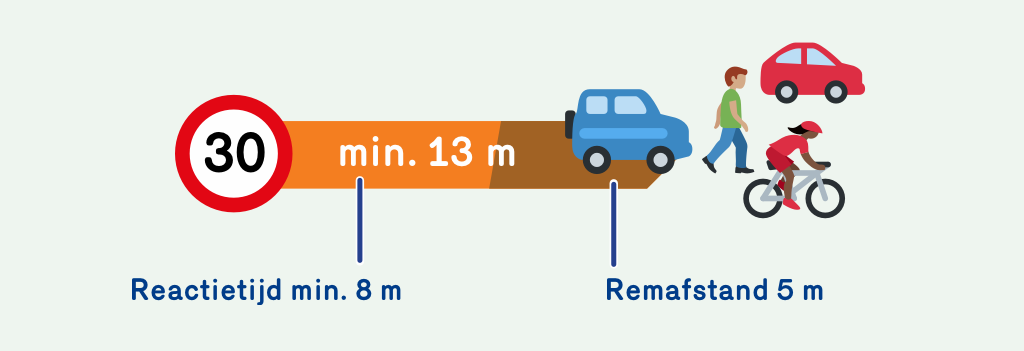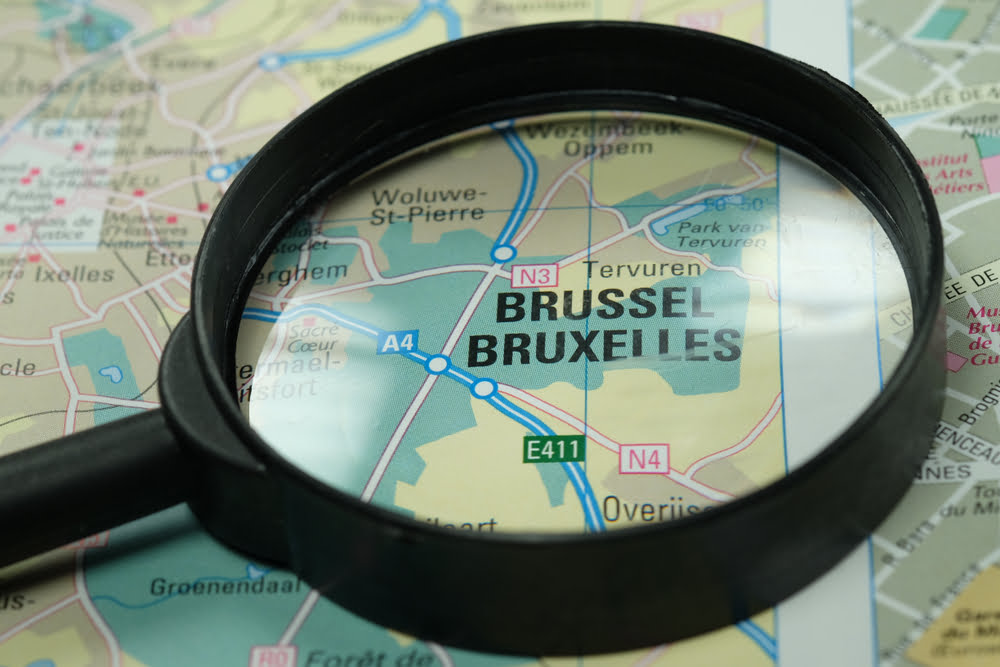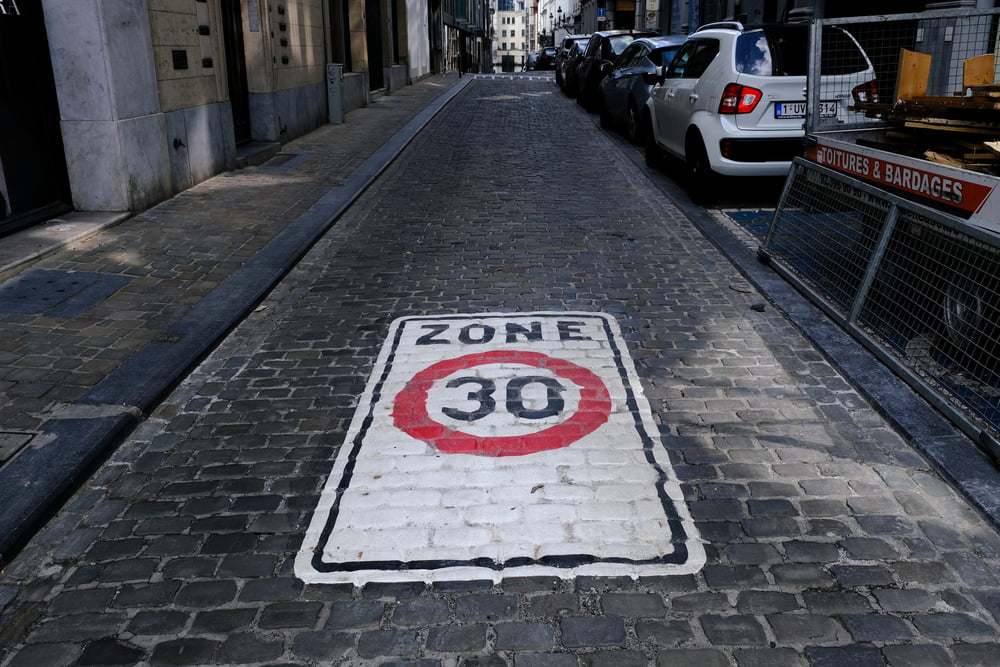From 1 January 2021, 30 km per hour will be the general rule in the streets of Brussels. There are, however, certain structuring axes that are an exception to the City 30. There the speed is limited to 50 or 70 km / h, which is specifically indicated. In residential areas, the maximum speed is 20 km / h. Today Brussels Mobility gave a digital press conference and more information about the plans. Brussels Mobility wants to inform the population well. The City 30 is ushering in a new era for mobility
Driving a maximum of 30 km per hour almost everywhere, which has major advantages for everyone. More road safety, fewer serious accidents, less noise and a car-free city. The City 30 means potentially fewer road accidents with all their dramatic consequences. All road users must comply with the speed limit, including buses, cyclists and scooters. The police will carry out checks from 1 January 2021 and sanctions will be imposed as for any violation of the highway code.
The aim is not to “flash everyone”, but to encourage road users to spontaneously comply with 30 km / h. That is why countless information and awareness campaigns are being set up. Nevertheless, the repressive aspect is also important so that controls are strengthened.
Brussels Mobility


At 30 km / h the field of view increases. The driver sees crossing pedestrians, cyclists and other vehicles better. The risk of death for pedestrians is 5 times higher at 50 km / h than at 30 km / h. In the car, the risk (for drivers and passengers) of being killed or seriously injured is 15% at 30 km / h and 45% at 50 km / h. Reducing the speed from 50 to 30 km / h cuts it in half the noise nuisance caused by road traffic. Between 2,5 and 3,9 dB (A) depending on the road surface.
Also read: Maximum speed of 30 km / h on the streets of Brussels





